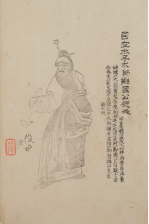
Beside Sanqing Hall in the southwest of Taiji Palace, in Chang’an, the capital of the Tang Dynasty, there stood a small tower named Lingyan Pavilion. In the seventeenth year of the reign of Zhenguan (643), Li Shimin, Emperor Taizong of the Tang Dynasty, commissioned the artist Yan Liben to paint life-sized portraits of 24 officials to commemorate their meritorious service and contributions, which aided him in establishing the Tang Empire. These paintings were displayed in Lingyan Pavilion, all facing north as a symbol of emperor worship.
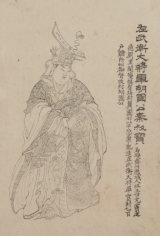
The best and brightest people from all spheres of society at that time took pride in being among those whose portraits were hung in the Lingyan Pavilion. However, the pavilion was ruined due to years of war, and only few of portraits were preserved.
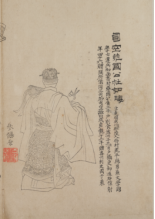
After the late Ming Dynasty, engraving became a definitive form of art, giving rise to figure prints. During the early Qing Dynasty, Liu Yuan repainted the 24 historical figures, drawing inspiration from the techniques used in the paintings of the Water Margin figures. The woodblocks of the Lingyange Gongchen Tu (Portraits of Meritorious Officials from the Lingyan Pavilion) were later engraved by the famous woodcraft artisan Zhu Gui during the Qing Dynasty.
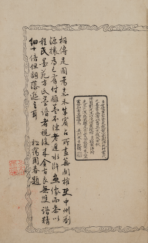
The collection stored in Zhejiang Library includes both the preface written by Liu Yuan and the inscription by Zhouchun, briefly providing an instruction for this edition.
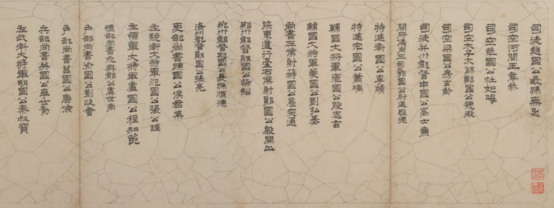
These 24 officials were : Zhangsun Wuji, Li Xiaogong, Du Ruhui, Wei Zheng, Fang Xuanling, Gao Shilian, Yuchi Jingde, Li Jing, Xiao Li, Duan Zhixuan, Liu Hongji, Qu Tutong, Yin Kaishan, Chai Shao, Zhangsun Shunde, Zhang Liang, Hou Junji, Zhang Gongjin, Cheng Zhijie (Cheng Yaojin), Yu Shinan, Liu Zhenghui, Tang Jian, Li Shiji and Qin Shubao. Each portrait was accompanied by a column of praise on the right, giving the official’s name, position and titles of nobility. The individuals depicted could be distinguished by their varied postures and facial features. The distinctive poetry, calligraphy and sealing featured on the portraits were blended with the life of the characters. These paintings with unique features in cultural continuity and innovation serve as important materials for the study of ancient Chinese printmaking and carving art.
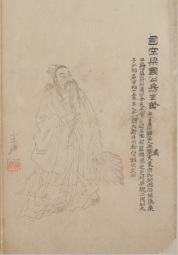
The digital collections available this time include eleven persons : Du Ruhui, Fang Xuanling, Li Xiaogong, Qin Qiong, Gao Shilian, YuChi Jingde, Zhang Liang, Hou Junji, Zhang Gongjin, Cheng Zhijie and Yu Shinan. Readers could buy one blind box at a time, each containing corresponding high-definition pictures.
